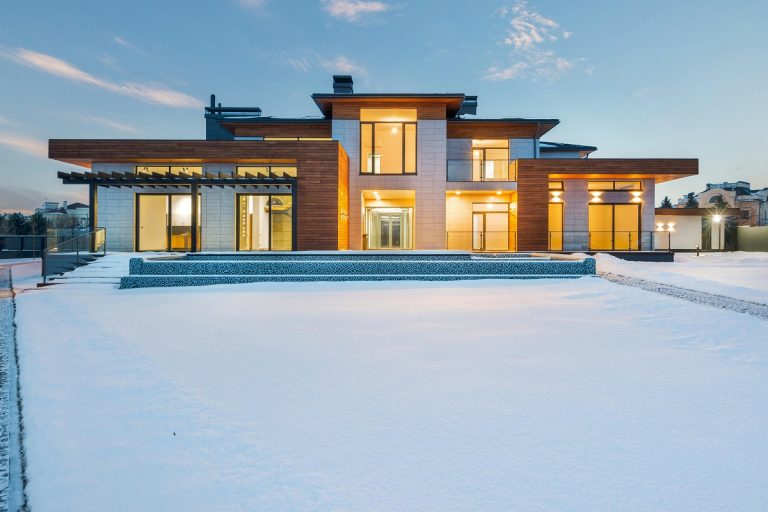

Homes and office buildings alike have one thing in common- water damage can be costly and time-consuming to fix! Keeping water out is important and this involves a range of waterproofing services. From basement waterproofing service options from homeowners to the latest waterproofing techniques for office buildings, there are many services available that can protect buildings of all shapes and sizes.
The easiest way to learn all about waterproofing and to answer the question of how does waterproofing work is to contact your local professionals and speak to them yourself. They can answer your questions and address building-specific issues or concerns you may have about waterproofing needs and services.
If you want the best of the best when it comes to expert inspection and maintenance, the finest materials used for waterproofing today, and professional help and guidance, then you need to work with the local pros right from the start! Check your local listings or look online to see what waterproofing services are available for your home or office and make the call today to get started!
When your basement flood leads to serious water damage, it may be time to look into interior waterproofing. Whether your flood was from drainage problems or storm damage, the lesson stands that you can never be too safe from water damage in your home. (And if you do have basement flooding, make sure that you dry it all out in 24-48 hours, or else you can acquire major mold, so says the EPA.)
What is interior waterproofing exactly? Well it depends. Some waterproofing methods require you to add a protective coating to your basement walls or floors. Most likely this coating is thick like cement, and goes right on top of your walls. But there are certain waterproofing materials that penetrate into the walls, sealing in with the actual brick or stone. These coatings you can paint right over. (There are even some waterproof paints you can use!)
There are also methods you can use that employ large plastic coverings for your walls and floor. In partner with a drainage system, these plastic covers protect the things in your basement from damage, while gathering any water that permeates the walls and channeling it into its own drain. Though this isn’t technically waterproofing your walls, it is a good way to ensure the water all goes to the same place, and away from your stuff.
The last thing you can do is look into an exterior waterproofing, where professionals help you to shape your home and yard in the best ways possible for minimal water damage. But this is really only necessary when you’ve exhausted all your other options. (And with so many different kinds of products to try, you’ve got plenty of time to figure out what will work best for your home.) So get to your interior waterproofing today, and avoid the extra rubble and ruin!



